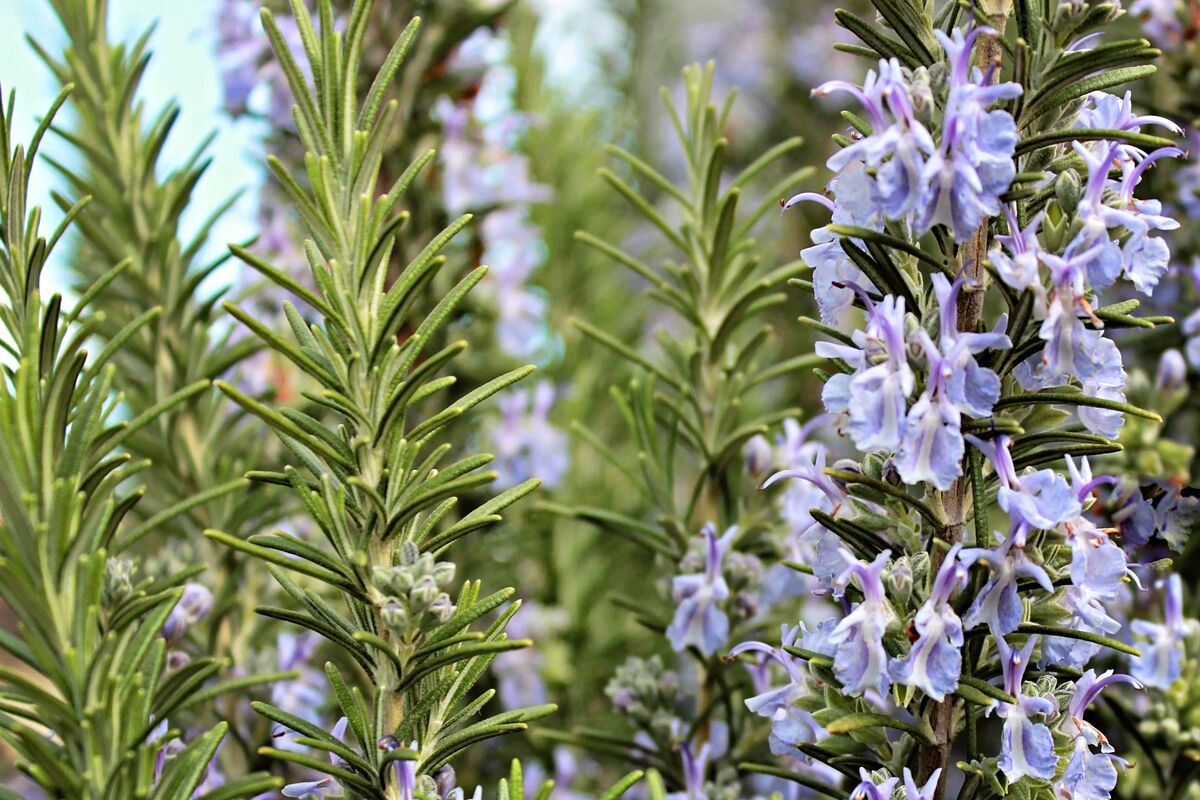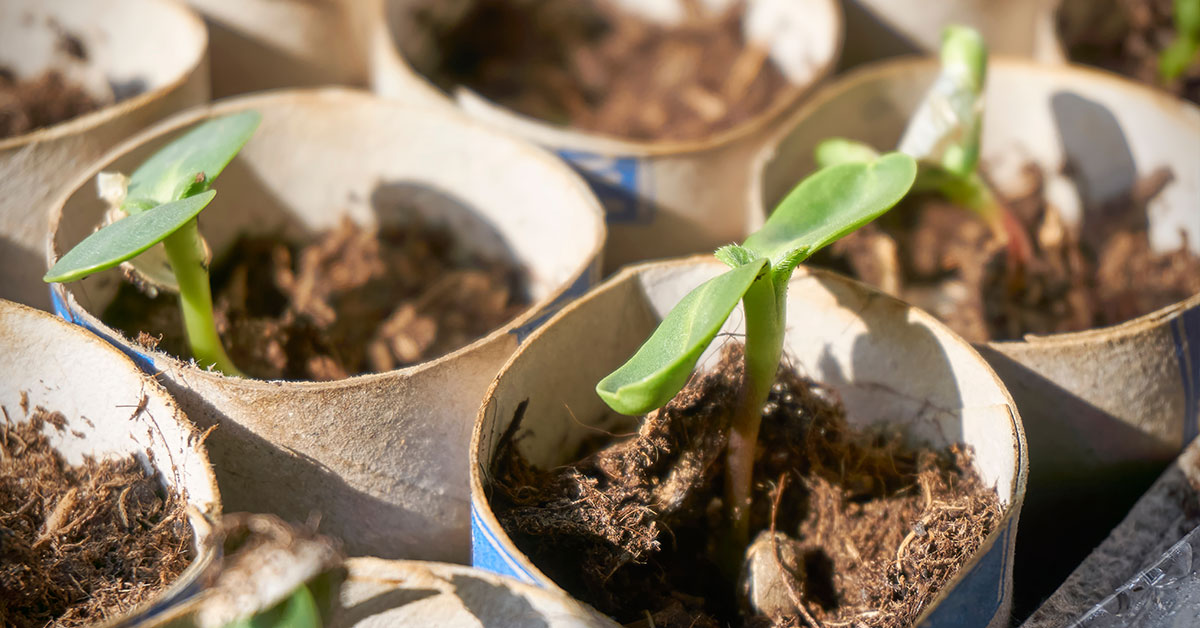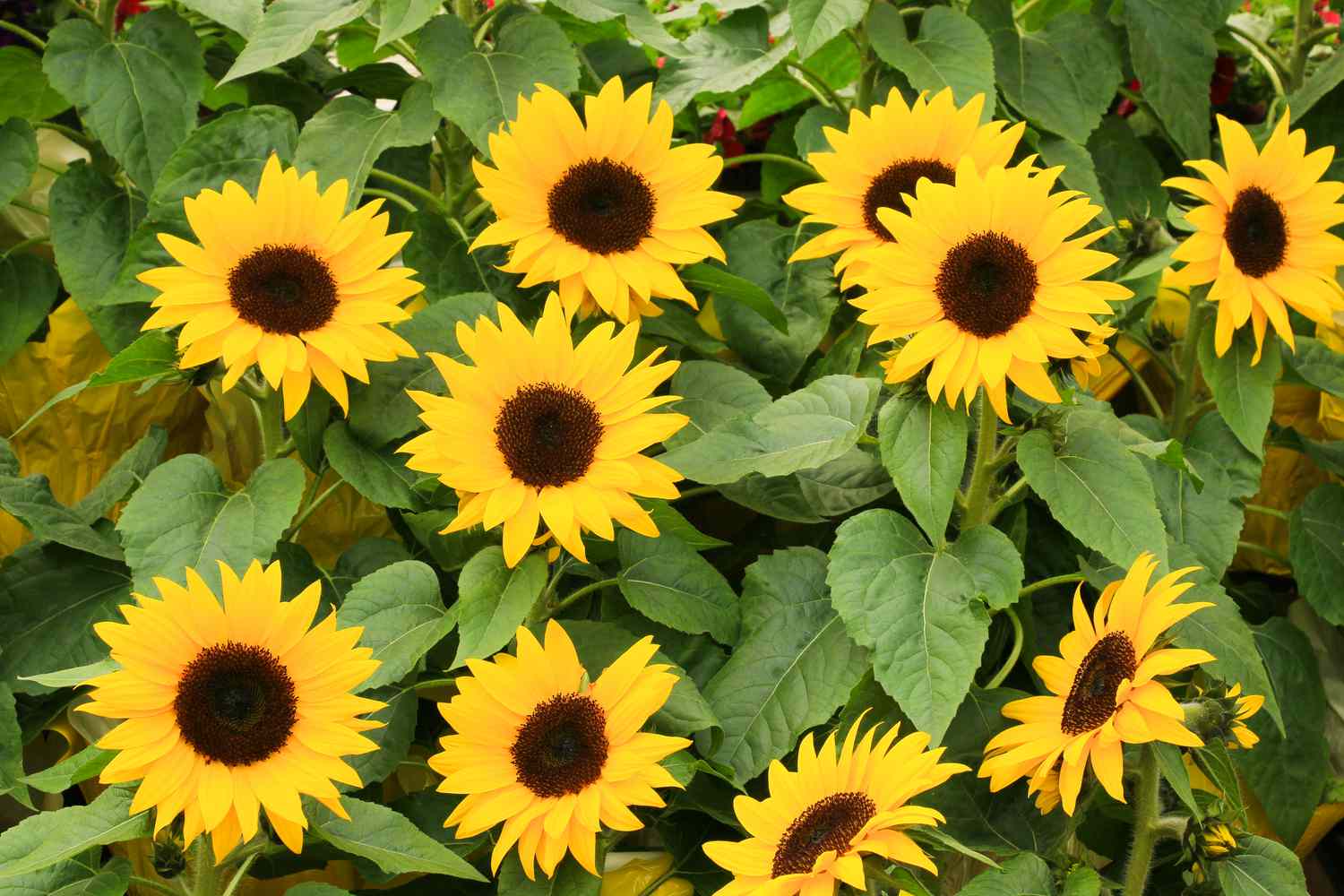Home>Gardening Techniques>Plant Care>How To Take Care Of Sunflowers


Plant Care
How To Take Care Of Sunflowers
Modified: January 22, 2024
Learn essential plant care tips for sunflowers, including watering, sunlight, and soil requirements. Discover how to keep your sunflowers healthy and thriving.
(Many of the links in this article redirect to a specific reviewed product. Your purchase of these products through affiliate links helps to generate commission for Chicagolandgardening.com, at no extra cost. Learn more)
Table of Contents
Introduction
Welcome to the vibrant world of sunflowers! These iconic flowers are not only a delight to behold but also a joy to nurture. Whether you're a seasoned gardener or a novice enthusiast, understanding the art of caring for sunflowers can elevate your gardening experience to new heights.
Sunflowers, scientifically known as Helianthus annuus, are renowned for their striking appearance and their tendency to turn their faces towards the sun. This behavior, known as heliotropism, is just one of the many fascinating traits that make sunflowers a captivating addition to any garden.
In this comprehensive guide, we will delve into the essential aspects of sunflower care, from selecting the ideal location for planting to harvesting and saving seeds. By the end of this journey, you will be equipped with the knowledge and confidence to cultivate thriving sunflowers that will brighten your days and lift your spirits.
So, roll up your sleeves, grab your gardening tools, and let's embark on this sunflower care adventure together. Get ready to witness the beauty and resilience of these radiant blooms as we uncover the secrets of nurturing sunflowers to their full potential.
Choosing the Right Location
Before diving into the process of planting and caring for sunflowers, it’s crucial to carefully consider the location in which they will thrive. Sunflowers are aptly named, as they have an affinity for basking in the sun’s warm rays. When selecting a site for your sunflower patch, prioritize areas that receive ample sunlight throughout the day. Ideally, sunflowers should be exposed to at least six to eight hours of direct sunlight to support healthy growth and robust blooming.
Additionally, it’s essential to assess the soil quality of the chosen location. Sunflowers thrive in well-draining soil with a slightly acidic to neutral pH level. Soil that retains excessive moisture may lead to root rot and other detrimental conditions. Conduct a soil test to determine the pH level and make amendments as necessary to create an optimal growing environment for your sunflowers.
Consider the height and potential shading effects of nearby structures or plants. Sunflowers have a tendency to reach impressive heights, with some varieties soaring well above six feet. Ensure that neighboring trees or buildings will not obstruct the sunflower patch, as this could hinder their access to sunlight and impede their growth.
By carefully selecting a sun-drenched, well-drained location with fertile soil and minimal obstructions, you can set the stage for your sunflowers to flourish and illuminate your garden with their resplendent blooms.
Planting Sunflowers
As you embark on the journey of planting sunflowers, it’s important to choose the appropriate time and method to ensure the success of your endeavor. Sunflowers are generally planted directly outdoors after the last frost date, as they are sensitive to cold temperatures. Before planting, prepare the soil by loosening it to a depth of about 2 feet and incorporating organic matter to enhance its fertility and texture.
When it comes to spacing, consider the mature size of the sunflower variety you are planting. Larger varieties require more space to thrive, while smaller or dwarf varieties can be planted closer together. As a general rule of thumb, allocate about 1 to 3 feet of space between each plant to accommodate their growth and prevent overcrowding.
Plant the sunflower seeds at a depth of 1 to 1.5 inches, covering them lightly with soil. Water the newly planted seeds gently to provide the moisture necessary for germination. As the seedlings emerge, ensure that they receive consistent watering, especially during dry spells, to support their development.
Keep in mind that sunflowers exhibit rapid growth, and their sturdy stems may require protection from strong winds. If your region is prone to gusty conditions, consider planting sunflowers near a fence or providing a windbreak to shield them from potential damage.
By adhering to these planting guidelines and nurturing the emerging seedlings with care, you can lay a solid foundation for your sunflowers to thrive and grace your garden with their majestic presence.
Watering and Fertilizing
Proper watering and fertilizing practices play a pivotal role in sustaining the health and vitality of sunflowers throughout their growth stages. While sunflowers are known for their resilience, they benefit from consistent watering, especially during critical growth phases.
After the initial establishment period, during which regular watering is essential for germination and early growth, sunflowers demonstrate a remarkable tolerance to drought. However, to support optimal blooming and seed production, it’s advisable to provide supplemental watering during dry spells. When watering sunflowers, aim to moisten the soil to a depth of about 1 to 2 inches, ensuring that the roots receive adequate hydration without promoting waterlogging.
When it comes to fertilizing, sunflowers are relatively low-maintenance plants that thrive in moderately fertile soil. Prior to planting, incorporate a balanced, all-purpose fertilizer into the soil to provide essential nutrients for the initial stages of growth. As the sunflowers mature, a light application of a balanced fertilizer can be beneficial, especially if the soil quality is subpar or if the plants exhibit signs of nutrient deficiency.
Alternatively, organic fertilizers, such as compost or well-rotted manure, can be utilized to enrich the soil and fortify the sunflowers with a natural source of nourishment. These organic amendments contribute to soil health and microbial activity, fostering a harmonious environment for the sunflowers to flourish.
By maintaining a balanced approach to watering and incorporating appropriate fertilization practices, you can support the robust growth and blooming of your sunflowers, ensuring that they stand tall and vibrant in your garden.
Protecting from Pests and Diseases
While sunflowers are generally resilient, they are susceptible to certain pests and diseases that can impede their growth and mar their visual appeal. By implementing proactive measures and vigilantly monitoring your sunflower patch, you can safeguard these radiant blooms from potential threats.
One common pest that poses a threat to sunflowers is the sunflower moth, whose larvae feed on the developing seeds, potentially compromising the yield. To mitigate this risk, consider employing row covers or pheromone traps to deter the moths and prevent them from laying eggs on the sunflower heads.
Aphids, small sap-sucking insects, are another potential nuisance for sunflowers. These pests can distort the growth of sunflower plants and transmit viral diseases. To address aphid infestations, introduce natural predators, such as ladybugs or lacewings, to the garden or use a strong blast of water to dislodge the aphids from the plants.
Additionally, fungal diseases, including downy mildew and powdery mildew, can afflict sunflowers, particularly in humid conditions. To prevent these issues, ensure proper air circulation around the plants by spacing them adequately and avoiding overhead watering, which can create a conducive environment for fungal growth.
When encountering signs of pest activity or disease, swift intervention is crucial. Consider utilizing organic pest control methods, such as neem oil or insecticidal soap, to address pest infestations while minimizing harm to beneficial insects and the environment.
Vigilance and timely action are key components of effective pest and disease management, allowing you to nurture your sunflowers and preserve their beauty without succumbing to the challenges posed by potential adversaries.
Supporting and Staking
As sunflowers grow, especially the taller varieties, they may benefit from additional support to prevent their sturdy stems from bending or breaking under the weight of their blossoms. Supporting and staking your sunflowers not only safeguards their structural integrity but also enhances the overall aesthetics of your garden.
When the sunflower plants reach a height of around 12 inches, it’s advisable to provide support to minimize the risk of stem damage. This can be achieved by gently tying the main stem to a sturdy stake using soft garden twine or cloth strips. Be mindful not to constrict the stem, allowing room for natural growth while providing essential support.
For particularly tall or heavy-headed sunflower varieties, installing a circular wire or mesh support around the plants can offer comprehensive reinforcement, preventing the stems from swaying excessively and minimizing the risk of breakage during inclement weather.
Another effective method of supporting sunflowers is to create a framework using several stakes arranged in a circular formation around the plants, subsequently weaving twine or netting between the stakes to form a protective barrier. This approach not only provides structural support but also imparts a visually appealing aesthetic to the sunflower patch.
By implementing these support and staking techniques, you can nurture your sunflowers with the care and attention they deserve, ensuring that they stand tall and proud, unfazed by the elements, and captivating all who behold their resplendent beauty.
Harvesting and Saving Seeds
As the summer months transition into autumn, the time will soon arrive to reap the rewards of your sunflower cultivation efforts. Harvesting sunflowers at the optimal moment and saving their seeds for future planting allows you to perpetuate the cycle of growth and revel in the beauty of these radiant blooms year after year.
When the back of the sunflower heads turns from green to yellow and the flower petals begin to dry and drop, the seeds are approaching maturity. To harvest the seeds, carefully cut the sunflower heads from the stalk, leaving a few inches of stem attached. Hang the sunflower heads in a well-ventilated area to dry, ensuring that they are shielded from moisture and pests.
Once the sunflower heads are thoroughly dry, gently rub the seeds from the flower head using your hands or a fork, collecting them in a bowl or container. To ensure that the seeds are completely dry and free from any residual moisture, spread them out in a single layer on a tray and allow them to air-dry for an additional week before storage.
When storing sunflower seeds, opt for airtight containers, such as glass jars or resealable plastic bags, and place them in a cool, dry location away from direct sunlight. Properly stored sunflower seeds can retain their viability for planting in the upcoming seasons, perpetuating the cycle of growth and blooming.
By harvesting and saving sunflower seeds, you can savor the fruits of your labor and share the gift of sunflowers with others, allowing these vibrant blooms to continue brightening gardens and uplifting spirits for years to come.
Conclusion
Caring for sunflowers is a gratifying journey that encompasses the nurturing of these magnificent blooms from seed to harvest. As you immerse yourself in the art of sunflower care, you become intimately acquainted with the unique needs and characteristics of these resilient plants, forging a profound connection with nature and the cycles of growth.
From selecting the perfect sun-drenched location for planting to providing essential support and protection, every aspect of sunflower care contributes to the flourishing of these vibrant blooms. The process of tending to sunflowers is not merely a horticultural endeavor but a transformative experience that fosters a deep appreciation for the beauty and resilience of the natural world.
As you witness the sunflowers reaching towards the sky, their golden faces following the sun’s path, you are reminded of the inherent vitality and optimism embodied by these radiant blooms. Their presence infuses your surroundings with a sense of warmth and vitality, uplifting the spirits of all who behold their majestic display.
Harvesting the seeds of your sunflowers marks a poignant culmination of the care and dedication invested in nurturing these blooms, offering the promise of new beginnings and future growth. By saving and sharing these seeds, you perpetuate the legacy of your sunflowers, bestowing the gift of their beauty upon the world for generations to come.
As you reflect on your journey of tending to sunflowers, may the vibrant hues and unwavering resilience of these blooms serve as a source of inspiration and joy, reminding you of the enduring beauty that flourishes through attentive care and nurturing. Embrace the timeless allure of sunflowers, and let their brilliance continue to illuminate your garden and your heart.





